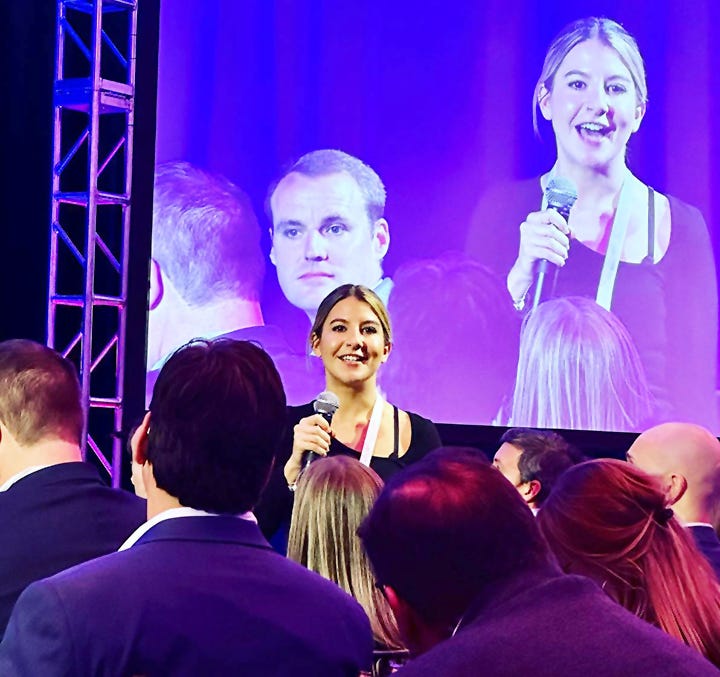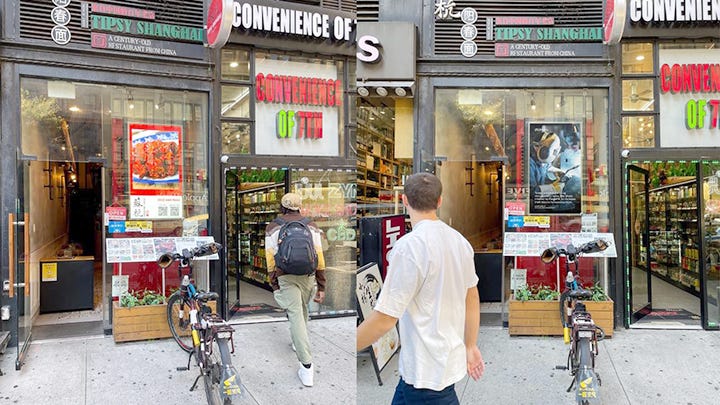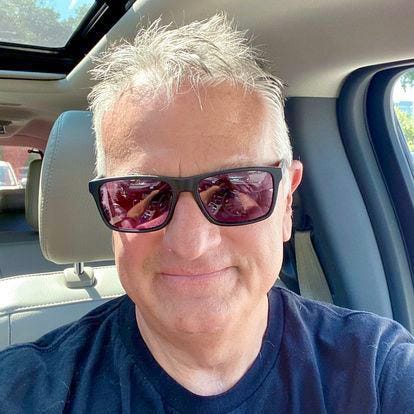This OOH Idea Is Too Logical to Ignore
by Nick Coston, OOH, DOOH, pDOOH Professional; Industry Writer
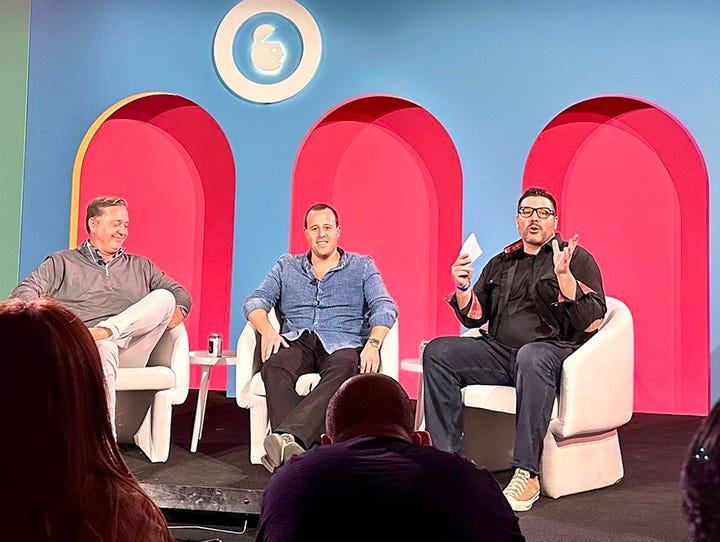
While attending last week’s surprisingly stimulating Advertising Week New York, a session titled “Cross Screen Engagement” featured three fellows I admire and consider to be friends. Rarely do we hit a trifecta on the same panel like Brian Rappaport from Quan, Bob Gruters of Loop Media, and my always chatty but brilliant pal Tim Rowe, host of OOH Insider. I sensed most of the room felt the same way I did.
With Tim acting as moderator, this was an “A” team on stage, talking about where our industry should be heading instead of looking backward, as we often want to do. One of the topics they bridged was a dilemma I have been struggling with for six months: A path for the OOH industry to combine revenue channels and simplify them under the banner of OOH Media.
My goal? To make it easier and more efficient to buy OOH. Stop having five or more revenue streams with different terms, rates, and platforms since we still haven’t moved the needle on overall spending for years. The OOH products now on display in the U.S. alone are spectacular but all over the place when buying advertising on them.
Why shouldn’t buying space be seamless? Increase the spend and speed up the planning and buying process. Get clients and brands to see OOH is the same media instead of selling it by categories, channels, buckets, or wampum.
So, at around the 16-minute mark in the Ad Week session, Bob Gruters told the audience that he asked his four kids what they watched on their portable devices, whether they were sitting in a bar or their TV at home. Their answers? “TV, we are watching TV. It’s just TV.”
Bingo!
Bob said his kids, and today’s audiences in general, don’t make a distinction in the way they watch TV. Viewers are viewing. Pretty simple. The OOH industry tends to “make life so complicated, right?” he said. “We put in buckets, and we put in buckets very specifically because we make more money when there are buckets, but actually cut off our nose despite our face, in my opinion.”
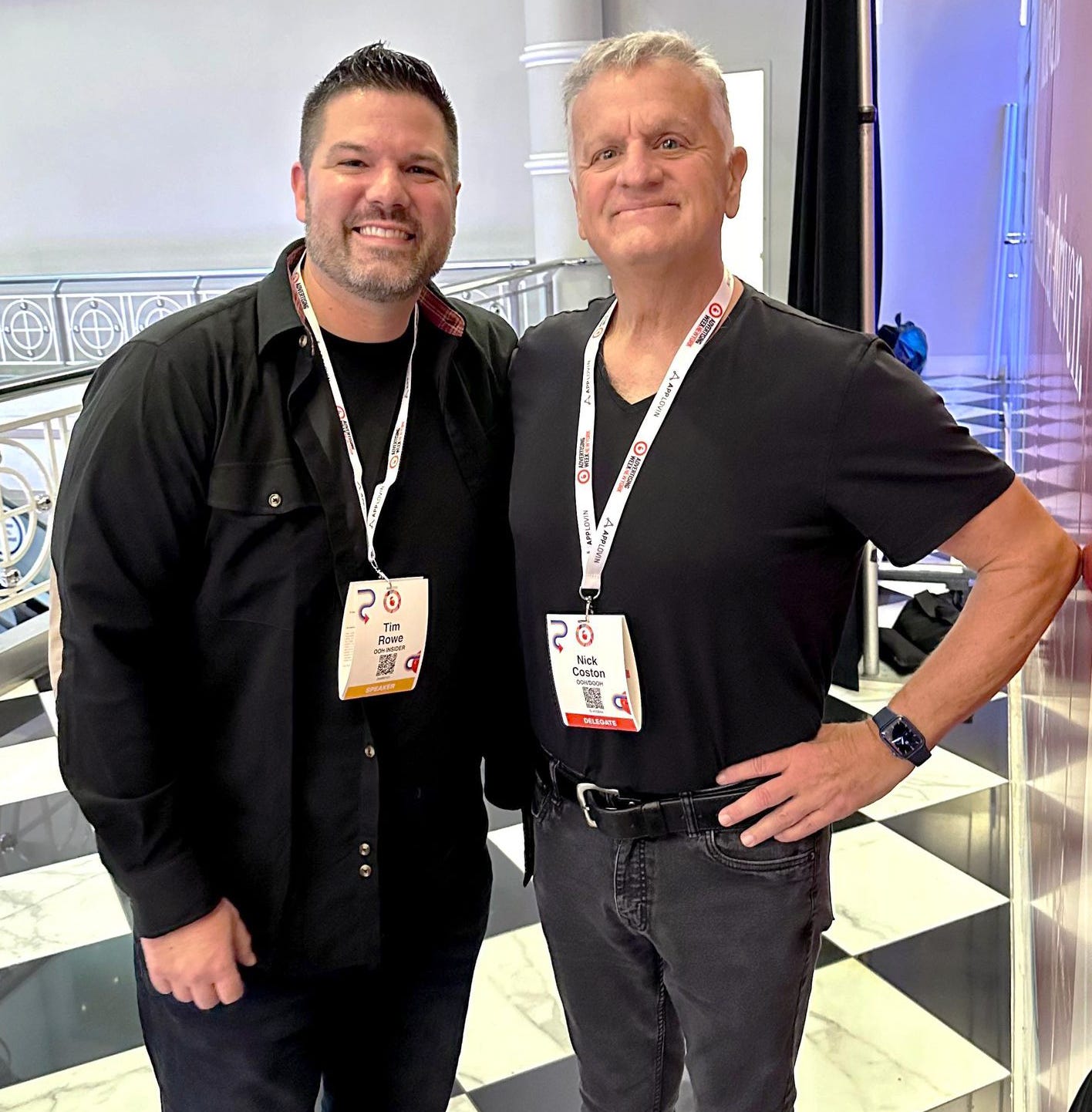
He’s right. Why does OOH make this so hard? A few moments later, Brian Rappaport delivered the Rim Wrecker slam-dunk:
“Everyone’s focusing on, well… cinemas now go to the digital group, full motion screens are going to another group, and we need to get like four groups together within a holding company to get approval on purchasing this out of home. I mean, out of home is out of home. That is everything—digital, cinema, and programmatic, and that should be one bucket. I think it’s ridiculous and creates fractionalization, and that shouldn’t be the case.”
Brian nails it. Why can’t this be one budget, one buying group for all OOH products on a plan instead of split into separate budgets and groups? Maybe start with two buying buckets, such as programmatic and direct buys. But stop splitting these budgets into so many categories that dilute the original budget and cause delays in executing plans.
This consolidation starts with brands playing along, putting OOH dollars on one line, and then breaking it down by category to get your impressions and coverage. One group, one budget. Why can’t this be done, you ask? No one has yet to tackle that question, but it must be addressed if we want real ad growth here in the U.S.
Finding solutions to the problems we have created isn’t going to be simple. While Bob didn’t offer specific solutions, we must start somewhere by acknowledging the problem and realizing we can do this better. Perhaps Tim Rowe could conduct a group session to help find some answers to the points Bob and Brian have made.
After all, “out of home is out of home.”
A Few More Things…
• Water-tech startup HOPE Hydration had a powerful presence two weeks ago at the DPAA Global Summit, where we saw this new tech combined with digital signage to help solve issues with our most precious natural resource, water. HOPE Hydration provided free refillable filtered and chilled water stations at this year’s Cannes Lions Creativity Festival. And while thirsty people wait for their water bottles to fill, they are served with digital advertising at eye level. Necessary product, great cause, and outstanding dwell times for ad impressions. HOPE Hydration is committed to cleaning up 10,000 pounds of plastic from our oceans while keeping us properly hydrated. That’s a stark change from 2018 when the same festival plowed through over 300,000 plastic bottles. Visit www.hopehydration.com.
• The above photo is just one of the digital place-based locations in NYC, by Smartify Media: Street-facing, urban, and digital panels combining paid advertising flips with the menu QR code of the business. Great visibility and dwell times, a DOOH dream.
• Digital Signage Experience 2023 is fast approaching. You likely knew this once-popular convention as Digital Signage Expo, which went kaput due to Covid. After being absent for two years, they revived this happening show last year under a new name and management. I’m a fan, and this year’s event is back at the Las Vegas Convention Center Dec. 2-5 and quickly gaining momentum. This is another reasonably priced sleeper show, so don’t fall asleep by not going. There will be plenty of time on-site to schmooze the ad and tech peeps. And it’s Vegas, baby! Check out their revamped website at www.digitalsignageexperience.com.
Nick Coston has been in the advertising industry for over 35 years. He’s worked at newspapers, magazines, OOH/DOOH companies, programmatic platforms, and ground-breaking ad tech companies, including Washingtonian, Washington Times, New Republic, USA Today Weekend, Clear Channel Outdoor, The Neuron and Hypercell. Currently SVP media sales/strategy at Smartify Media, Nick also spent 10 years buying OOH for a top 10 national advertiser. He resides with his family in Dayton, Maryland, and has been musing about the Outdoor Media industry for over five years.


